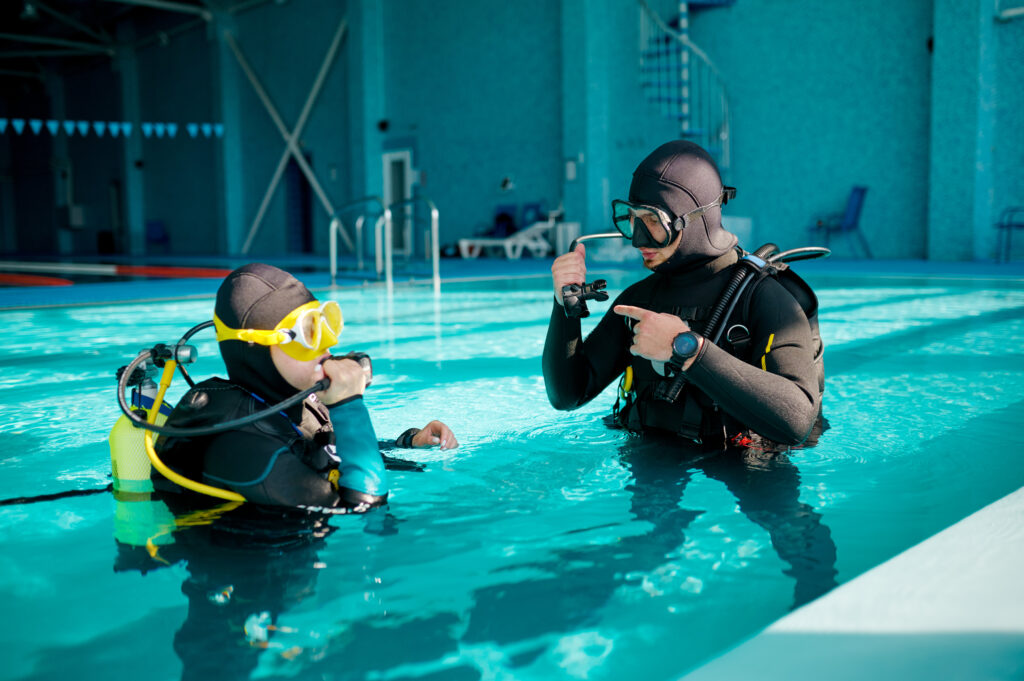What is a Quad Cylinder System?

A quad cylinder system, commonly used in advanced scuba diving, refers to a configuration where four individual cylinders are used to supply breathing gas. This setup is particularly important for technical and deep-sea divers who require extended gas supplies and redundancy for safety. The evolution of scuba diving equipment has seen significant advancements, and the quad cylinder system represents a pinnacle of such technological progress. This article delves into the historical development, components, usage scenarios, safety considerations, and the advantages and limitations of quad cylinder systems, providing a comprehensive understanding of their significance in scuba diving.
What is a Manifold?

A manifold in scuba diving is an essential component that plays a crucial role in connecting multiple tanks to provide divers with a continuous and reliable air supply. This device allows for the seamless integration of two or more tanks, ensuring that divers can manage their air reserves efficiently and safely. Manifolds are particularly important in technical and deep diving, where extended bottom times and redundancy in air supply are critical. By linking tanks together, a manifold provides divers with the flexibility to access a larger volume of air, enhancing their underwater experience and safety.
What is Intermediate Pressure?

Intermediate pressure is a critical concept in scuba diving, referring to the pressure between the first and second stages of a diver’s regulator system. This pressure is crucial for the proper functioning of the diving equipment, ensuring that the diver can breathe comfortably and safely underwater. Understanding intermediate pressure is essential for both recreational and technical divers, as it affects the overall performance and safety of the diving gear. This article delves into the principles, mechanics, equipment implications, maintenance, environmental impacts, and advanced applications of intermediate pressure in scuba diving.
